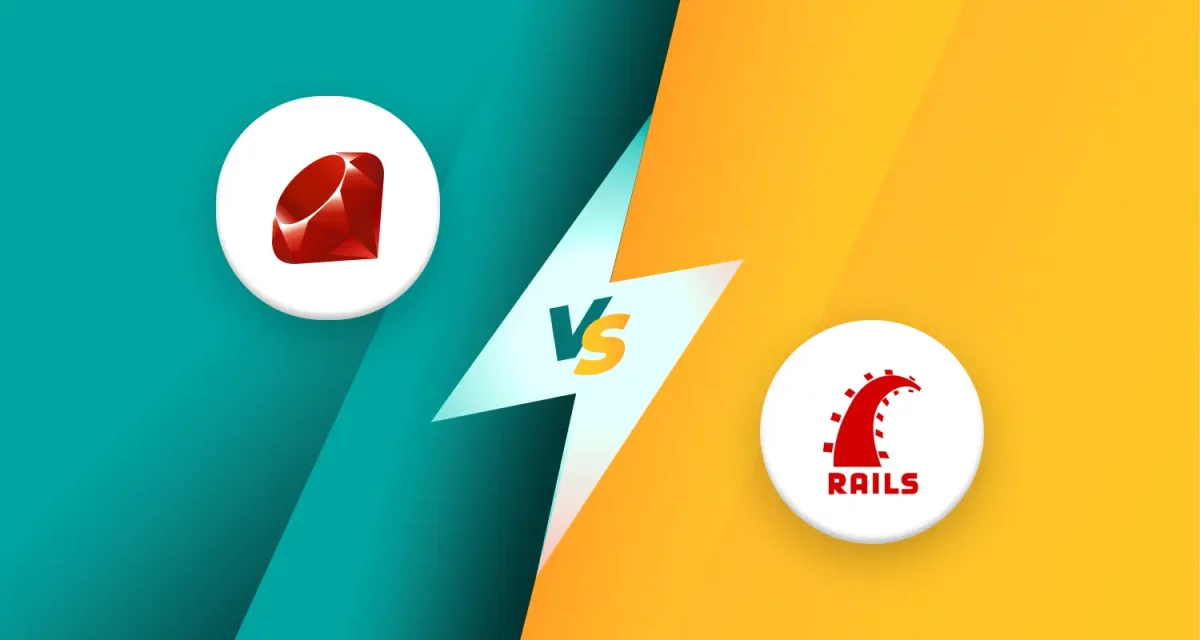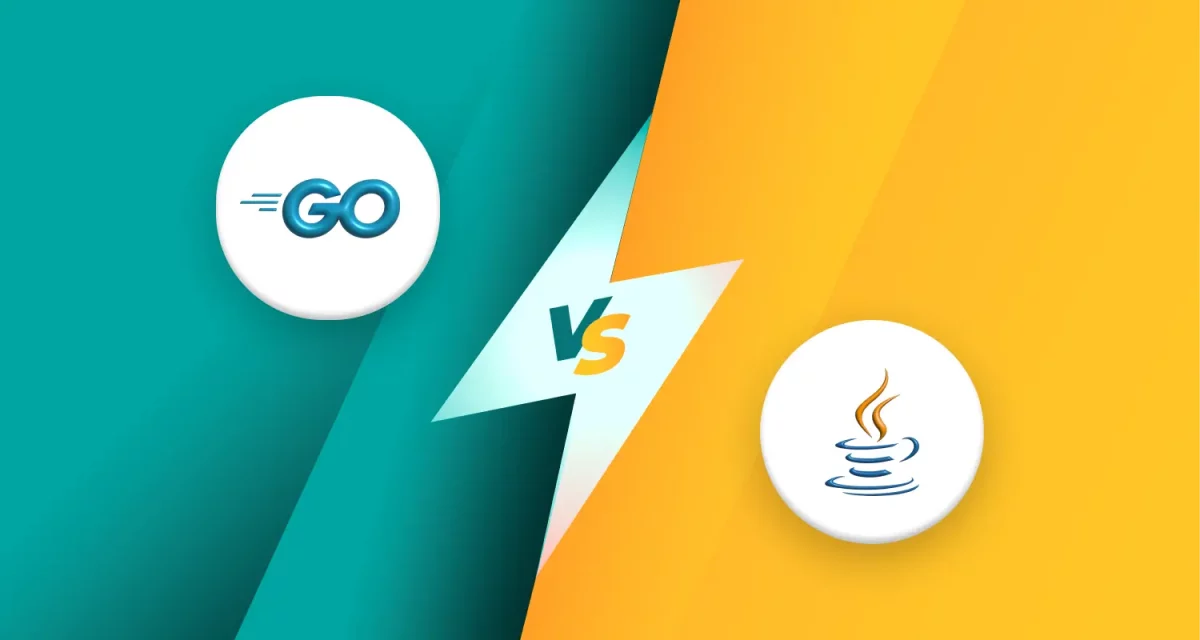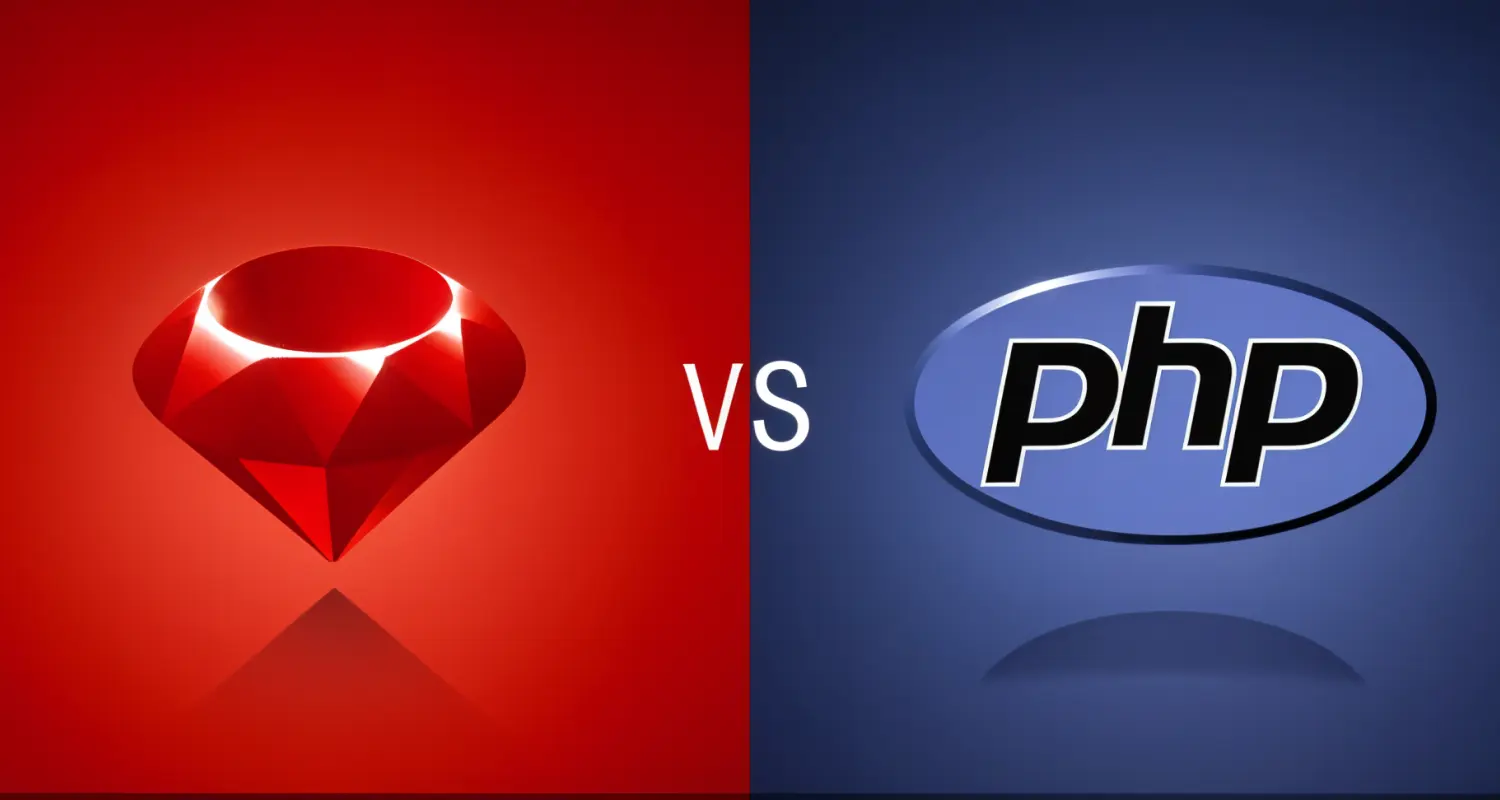
When it comes to web development languages, two names often come up: Ruby and PHP. Both are server-side scripting languages that power many websites and applications.
This article will provide a detailed Ruby vs PHP comparison. We’ll explore their key differences, advantages, and use cases. By the end, you’ll have a clear understanding of which language suits your development needs, whether you’re building an eCommerce platform like Shopify or a custom web application.
1. What is Ruby?
In the Ruby vs PHP debate, Ruby stands out for its elegant syntax and developer-friendly approach. It is a server-side scripting language designed for simplicity and productivity. Created in the mid-1990s by Yukihiro “Matz” Matsumoto in Japan, Ruby was built to be both flexible and easy to use.
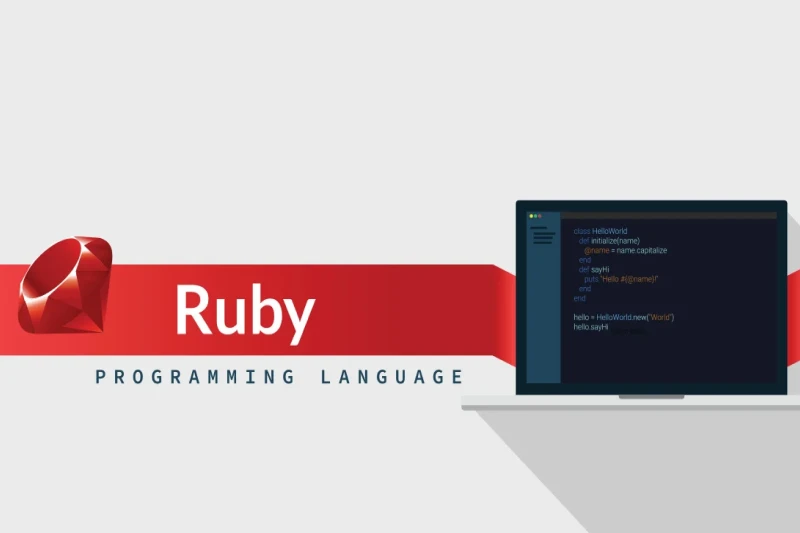
Unlike other web development languages, Ruby is purely object-oriented. Everything in Ruby is an object, making it highly flexible and adaptable. It emphasizes clean, readable code, allowing developers to write fewer lines while maintaining functionality.
One of the biggest reasons Ruby gained popularity is Ruby on Rails. This powerful framework, often referred to as Rails, makes web development faster and more efficient. It follows the convention over configuration principle, meaning developers don’t need to make repetitive decisions about code structure.
Key features of Ruby include:
- Elegant syntax – Code is easy to write and read.
- Dynamic typing – No need to specify variable types.
- Garbage collection – Automatically manage memory.
- Metaprogramming – Code can modify itself for greater efficiency.
- Large communities support – Plenty of resources, tutorials, and open-source gems.
Ruby on Rails is the most popular Ruby framework, widely used for eCommerce platforms like Shopify and web applications such as GitHub. Its ability to speed up development and reduce coding complexity makes it a top choice for startups and businesses.
Read more >>> C# vs Java: Similarities, Differences, and Practical Insights
2. What is PHP?
PHP is a widely used server-side scripting language designed for web development. It was created in 1994 by Rasmus Lerdorf as a simple tool for managing personal web pages. Over time, it evolved into a full-fledged programming language, powering a large part of the internet.
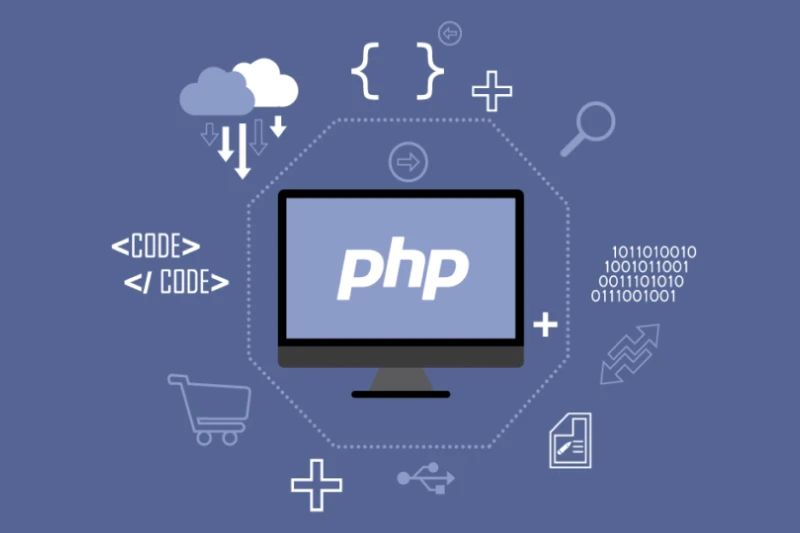
Unlike Ruby, which emphasizes clean syntax, PHP is more focused on practicality and ease of deployment. It is embedded directly into HTML, making it a convenient choice for web developers. Many content management systems, including WordPress, Joomla, and Drupal, are built using PHP, making it a go-to language for dynamic websites.
One of the biggest advantages of PHP is its strong ecosystem of PHP frameworks. Popular choices include Laravel, known for its elegant syntax and built-in security features, Symfony, which offers reusable components for large applications, and CodeIgniter, a lightweight framework ideal for quick development. These PHP frameworks help developers streamline coding, improve performance, and maintain secure applications.
Thanks to its flexibility, ease of learning, and extensive documentation, PHP remains one of the most commonly used web development languages. Many businesses choose PHP for its cost-effectiveness, scalability, and compatibility with various hosting environments.
Read more >>>> Rust vs C++: Which Language Reigns Supreme in 2025?
3. Difference between Ruby vs PHP
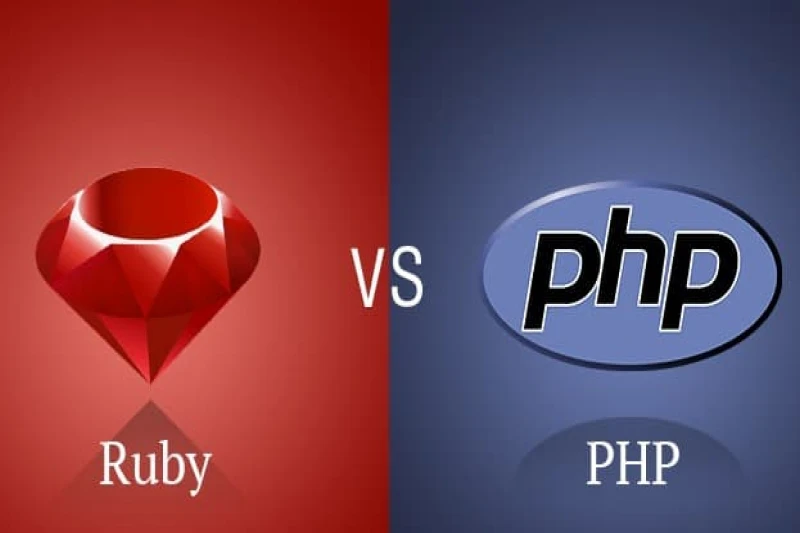
When comparing Ruby vs PHP, developers often look at factors like syntax, performance, scalability, and ease of learning. Both languages have strong communities and are widely used in web development, but they cater to different needs. Below is a quick comparison of their key differences.
|
Ruby
|
PHP
|
|
Clean, readable, human-friendly
|
Practical but can be inconsistent
|
|
Slower but optimized with Ruby on Rails
|
Faster due to lightweight execution
|
|
Scalable with Ruby on Rails but requires more resources
|
Easily scalable, powers large websites
|
|
Smaller but strong and dedicated
|
Large, with extensive documentation
|
|
Steeper, but elegant and structured
|
Easier for beginners, widely used
|
|
Ruby on Rails (most popular)
|
PHP frameworks like Laravel, Symfony, CodeIgniter
|
|
Startups, eCommerce platforms, complex applications
|
Blogs, content management systems, general websites
|
3.1. Syntax and language design
One of the biggest differences in the Ruby vs PHP comparison is syntax. Ruby is designed for simplicity and readability. It follows natural language patterns, making it easier to write and maintain. PHP, on the other hand, is more practical and flexible, but its syntax can sometimes be inconsistent due to its long evolution.
If clean and elegant code is a priority, Ruby is the better choice. But if you want a straightforward language that integrates easily with web development languages, PHP is a solid option.
3.2. Performance: comparing performance of Ruby and PHP
In general, PHP is faster than Ruby in raw execution. It is lightweight and optimized for web application performance. However, with Ruby on Rails, Ruby can handle complex tasks efficiently. While it may not be as fast as PHP, it provides powerful tools for database management and automation, improving developer productivity.
3.3. Scalability
Scalability depends on the project and how the application is built. Ruby on Rails is scalable but requires more server resources. Many startups use it because it speeds up development. PHP, on the other hand, powers some of the largest websites like Facebook and WordPress, proving its ability to handle high traffic.
If you’re choosing between Ruby and PHP, consider your project size. If scalability is the top concern, PHP may be the better choice.
3.4. Community and support
Both languages have strong communities, but PHP has a much larger user base. It has been around longer, and its extensive documentation makes it easy for beginners to learn. Ruby has a smaller but passionate community, with many open-source contributions, especially for Ruby on Rails.
3.5. Learning curve
PHP has a shorter learning curve. Many developers start with it because it’s easy to pick up and widely used in content management systems. Ruby, while elegant, has a steeper learning curve. However, once mastered, it enables faster and more structured development.
If you’re looking for a quick start, PHP is ideal. If you prefer a cleaner, more structured approach, Ruby is worth the effort.
3.6. Benefits of Ruby over PHP & PHP development advantages
Benefits of Ruby over PHP:
- Clean and readable syntax, reducing development time.
- Ruby on Rails offers built-in solutions for security, scalability, and database management.
- Great for eCommerce platforms and startup web applications.
PHP development advantages:
- Faster execution and lightweight performance.
- Supports a vast number of PHP frameworks, making development flexible.
- Best for content management systems like WordPress.
4. Use cases and applications
When comparing Ruby vs PHP, one of the most important factors is how each language is used in real-world projects. Both have strengths in different areas, from content management systems to eCommerce platforms.
4.1. Ideal scenarios and industries using Ruby
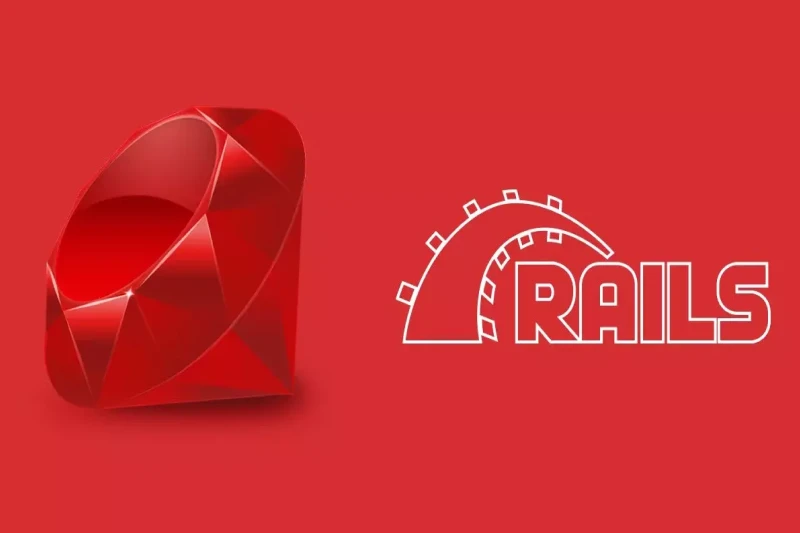
Ruby is popular among startups and tech-driven companies. It is commonly used for:
- eCommerce platforms – Shopify, one of the biggest online store platforms, runs on Ruby.
- SaaS applications – Many software-as-a-service businesses prefer Ruby on Rails for rapid development.
- Web applications – Platforms like GitHub and Airbnb rely on Ruby for scalability and maintainability.
- Fintech and automation – Companies needing secure and structured data management use Ruby.
4.2. Ideal scenarios and industries using PHP

PHP is best known for powering a large portion of the web. It is widely used for:
- Content management systems – WordPress, Joomla, and Drupal are built with PHP, making it ideal for blogs, news sites, and corporate websites.
- E-learning platforms – Many online course websites rely on PHP for handling large databases and user interactions.
- Custom business applications – Many businesses use PHP frameworks like Laravel to build custom solutions.
- Web hosting solutions – Since PHP is compatible with most hosting services, it is a top choice for web hosting platforms.
4.3. Content management systems vs. eCommerce platforms
- If you need a content management system, PHP is the clear winner. Platforms like WordPress dominate the market, providing flexible and SEO-friendly solutions.
- If you’re building an eCommerce platform, Ruby on Rails is a great option. Shopify, one of the leading online store solutions, proves the power of Ruby in handling transactions and product management.
Both Ruby and PHP have their strengths. The best choice depends on the type of project, scalability needs, and available resources.
5. Conclusion
The Ruby vs PHP comparison shows that both languages have strong use cases, but they serve different purposes. PHP is widely used for content management systems, business websites, and high-traffic platforms. Ruby on Rails, on the other hand, is ideal for eCommerce platforms, startups, and SaaS applications.
When choosing between Ruby and PHP, consider your project’s requirements, scalability needs, and available resources. Both languages are powerful, but the best one depends on what you need to build.


